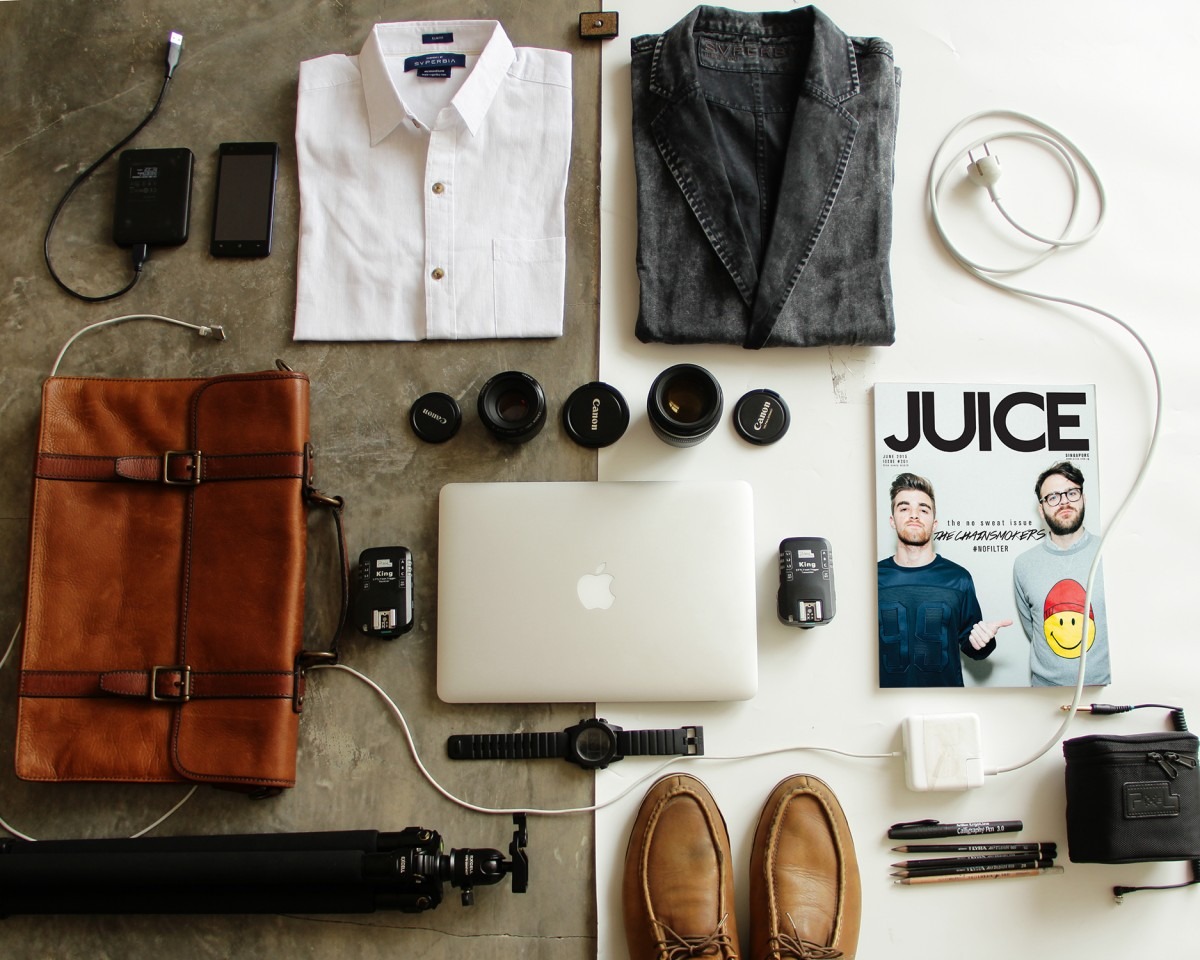Banff has a rich heritage as some of the world’s most awe-inspiring mountain destinations. Whether your trip is to research Banff homes for sale to make the move to Canada or just to R&R – be sure to take in the to pristine wilderness, endless outdoor adventures, jaw-dropping sights, and a vibrant history and culture. Here are some packing tips for your winter getaway.
Base Layers
One of the most common synthetic fabrics for long underwear is polyester. You might also see nylon, polypropylene or rayon, or a blend of fabrics. Fabrics that include spandex offer comfortable stretch and can fit snugly without feeling constrictive. To be able to wick sweat efficiently, your next-to-skin layer needs to actually be next to your skin. So a comfortably snug fit everywhere is your goal.
Snow Pants
Even if you don’t plan to ski, snowboard, or play in the snow, these are nice to have for those bitter cold days. They provide a great extra level of insulation against the elements. So when choosing a new pair of pants, it’s worth taking some time researching the various fabrics, features, and styles that will be most applicable to your type of skiing or riding. The majority of ski and snowboard pants will have a waterproof rating, the higher the number, the more water-resistant the fabric. Another factor that varies greatly in importance from person to person is the warmth of the pants. Uninsulated ski and snowboard pants feature a shell with some type of lining for a little extra warmth and comfort.
Boots
It is crucial, especially if you engage in strenuous activities outdoors during cold weather, to have a boot that is fully breathable since it allows your foots perspiration to escape. In cold weather, getting a boot with the right type of insulation for your uses is critical. Moreover, you need to get one “rated” high enough for the climate you expect to be in. Read this section to enter the exciting world of winter insulation, how boots are rated for their temperature and the various factors that can affect the rating.
Outer Layers
The most important part of your layering system, and the most used besides your long underwear, is your windshell. If it’s sleeting, snowing, raining, or windy, you’ll want to add an outer shell to your winter hiking clothes. This will protect you from the elements and keep your other layers dry. Look for an outer layer that is water-resistant but still breathable. You don’t want a super heavy ski jacket for instance. You’re either looking at a simple waterproof shell, or an outer layer with a light layer of insulation.If you choose a shell with light insulation, you might not need one of the previously mentioned layers. Make sure to take into account the layers you’ll be wearing underneath when figuring out what size you need. It’s important to note that high-quality outer layers can be very pricey, but keep in mind that these waterproof layers can double as ski jackets or cold weather rain coats, and they should last you for years.
Accessories
While the old adage that you lose 40% of your heat through your head isn’t accurate (the head is similar to other areas of the body for heat loss per square inch), you still need to protect your head and face in winter.

